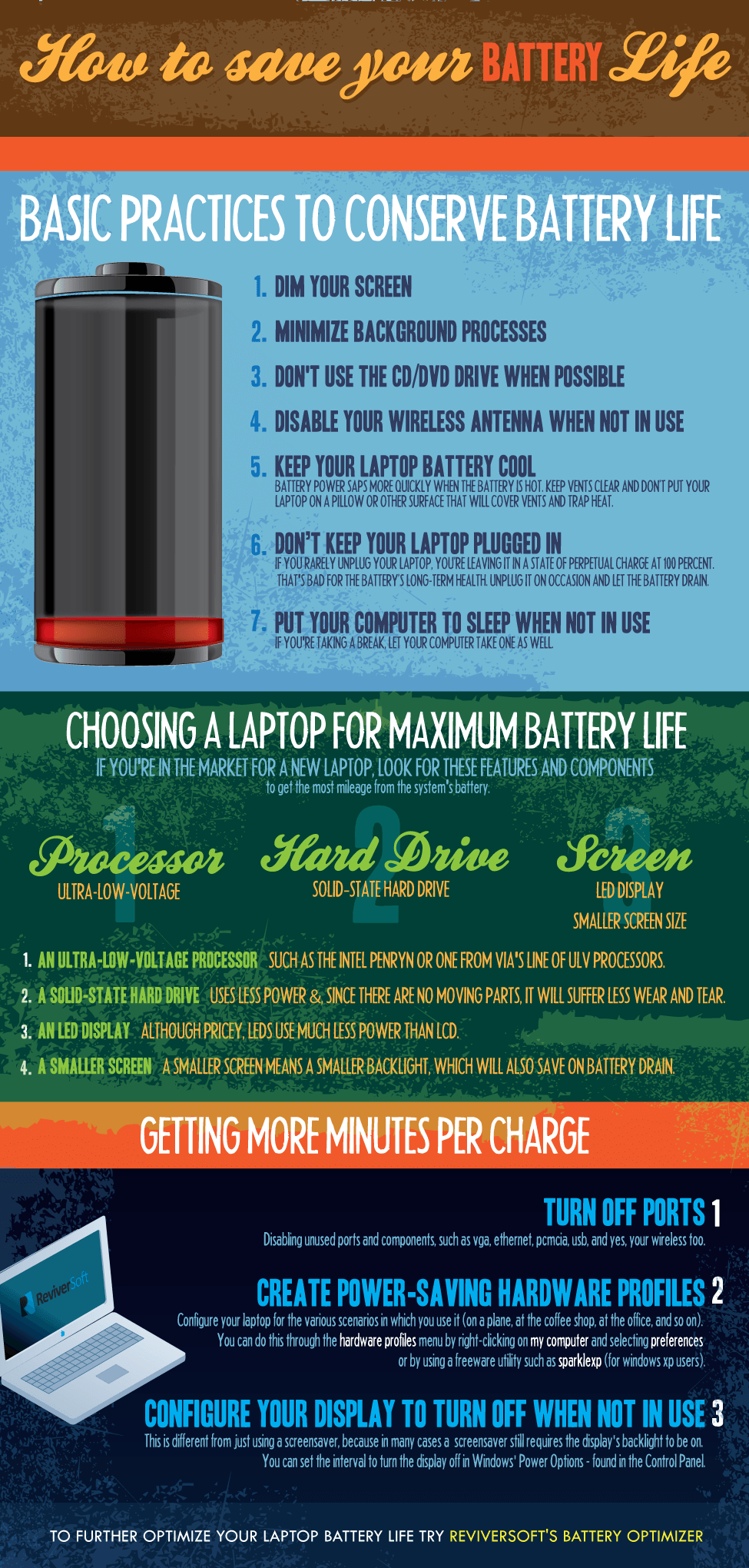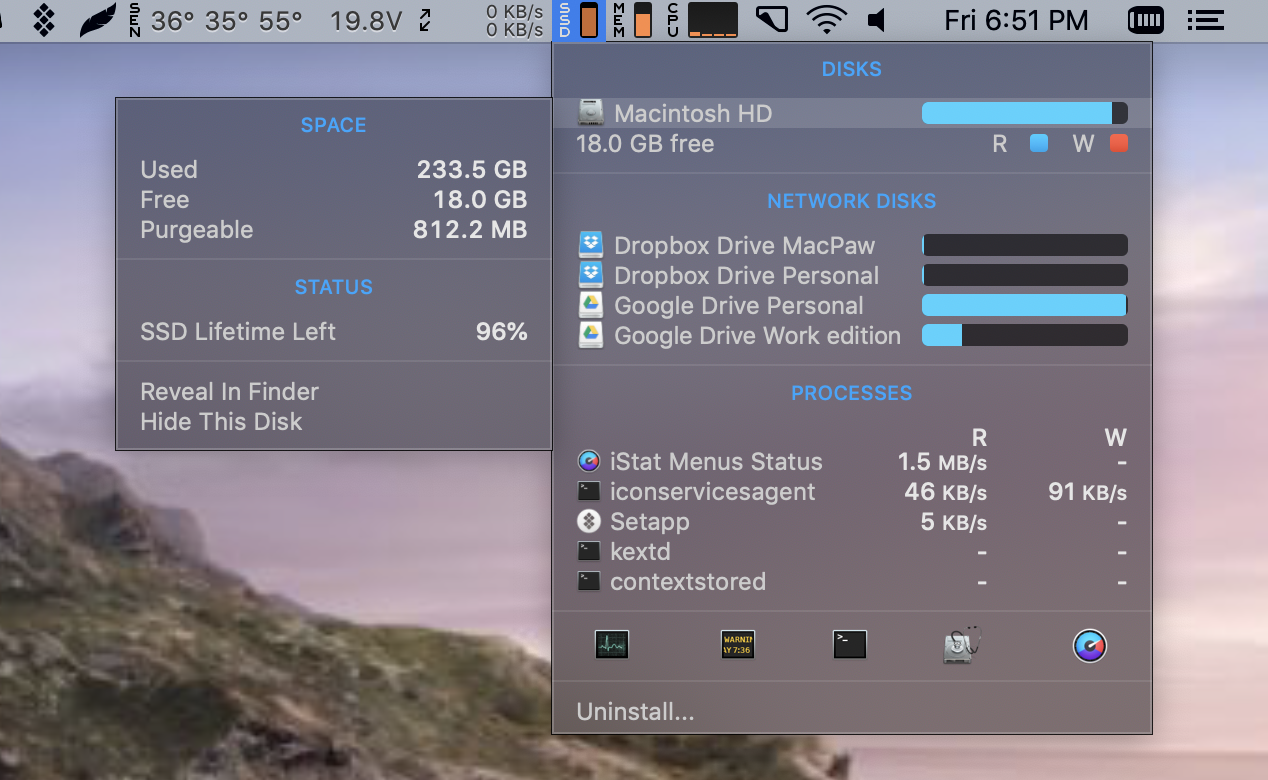Check Free Space On Mac
- Macbook Air Disk Space
- Hard Drive Space Mac
- Free Up Space On Macbook Air
- Check Free Disk Space Mac Terminal
- Check Free Disk Space On A Mac

System cleanup in one click
Checking your storage on Mac isn't difficult – but managing it can be. One of the more curious storage compartments is the 'other' storage on Mac, which sounds like a catch-all for files that can't be labeled properly.
And that's sort of true! But the other volumes in container can get full, and reduce the Mac storage Other space for your Mac. And keep in mind there's no 'how to get rid of other on Mac' option; the partition isn't there to delete totally. Here we'll show you how to check your other space, and offer guidance on managing it.
Determine OSX Free Disk Space Using About Mac Graphical Window: Open Apple Menu About This Mac: First click on the Apple Menu on your OSX computer and select About This Mac from the drop down menu as displayed below. Click on the “About This Mac” option from the OSX Apple Menu to display the Mac OSX summary information window as displayed. Apr 03, 2018 If you are looking for a simple way to check your Mac’s free hard drive space, then we are here to help. How to check Mac’s hard drive space. Using the Finder; The Finder has been an essential part of macOS since the launch day, allowing you to locate and organize your documents, folders, and media. How to check the free space on your startup disk. Even if your Mac hasn’t warned you that the startup disk is almost full, you should regularly check how much free space you’ve got left so you can fix any problems as they develop. Here’s the easiest way to check the free space on your Mac: Click the Apple logo in the top-left corner of. Save space on your Mac by storing your content in iCloud, using built-in tools to find and remove large files, or manually deleting apps, files, and more. Just right-click the file and select Free up space. Only files that you mark as Always keep on this device have the green circle with the white check mark. These always available files download to your device and take up space, but they’re always there for you even when you’re offline.
Fix lack of storage with Setapp
Get one perfect suite of Mac apps that help you keep Mac’s performance controlled and get rid of things that clutter your disk.
How to Check Storage on Mac
This will be quick! Just follow these directions:
- Click the Apple logo on the top left of the menu bar
- Select 'About This Mac'
- Choose 'Storage'
And there you go! That's the simple way to check the storage available on your Mac. Now, do you see that 'Manage…' button on the right-hand side of the window? Click it!
Depending on how you use your Mac and what apps you run, that 'other' category could be taking up quite a bit of space, and you could free it up very easily — potentially saving yourself from having to buy additional storage.
View and Manage the Other space on Mac
The next window you arrive at shows how Apple manages your system memory. In macOS Sierra, Apple added a default feature named 'Optimize' that helps balance the load between cloud storage and on-device memory use. As you can see in the window (below), 'System' and 'Other' are greyed-out.
This is because the other space is tricky to manage, and required digging into the Library on your Mac. As we cautioned in our article on deleting apps from your Mac, foraging through Library is a tad frightening, so proceed with caution.
But what is other on Mac? In essence, it's caches, plug-ins, and documents macOS wants to keep around. Here's how to open Library, so we can start to discover what 'other' is on Mac:
- Open Finder
- Select 'Go' from menu
- Hold down 'option' key on keyboard; you should see a new option for 'Library'
- While holding down the option key, select 'Library'
You'll see a Library folder in the list. Click it to see all your apps and associated files. There are also folders with names like 'Caches.'
We can't caution you enough: if you're not sure what it is you're looking for, don't delete it – and remember you can't delete Other on Mac entirely. There's a reason Apple hides the Library; small changes can have deep, lasting effects.
But, if you know what needs deleting, this is where you'll find it. If you're positive an app's files or plugins need to go, this is where you'll find them. Simply right-click the folder or file you want gone, and select 'move to trash.' Then empty the trash can, and you're done. This is how you remove files from the Other storage category. Check info about how to recover files from a hard drive on Mac.
But that's scary stuff. We have a better way
The Best Way to Reduce Other Storage on Mac
Apple's Optimize service is great for Macs with tons of on-board storage, mostly because those machines need very little interaction when it comes to managing files and storage space.

The best option is to find a file manager you can control. ForkLift is a really solid option that brands itself as a replacement for Finder – and it's not wrong. You can connect multiple servers (FTP, SFTP, Amazon S3, AFP, WebDAV, SMB, and NFS), and archive unnecessary files or folders. Like Finder, it has a preview for files you're accessing, and also lets you compare files so you can delete duplicates as needed.
Macbook Air Disk Space
A much more robust method is with CleanMyMacX. This app is almost a must-have for any Mac owner. It managed files, folders, apps, extensions, updates, mail attachments, and the trash bin. But it's core function is to make sure your Mac is optimized, and it does an amazing job.
Reduce storage with CMM X
Install CleanMyMac X and forget about manual storage cleaning. The app wipes away all junk from your Mac in seconds.
With CleanMyMacX, all you have to do is activate its Smart Scan feature. It discovers unnecessary files for you, and optimizes your Mac for speedier performance. It even makes sure your Mac has no malware!
Trusting CleanMyMacX to do its job correctly is never a question, but you can dig deeper if you like. Once a smart scan is complete, you can select 'review details' under the Cleanup task before you select 'run.' In this details log, you'll see two main categories: system junk, and trash bins.
System Junk is where those pesky cache files are, along with log files. You can choose 'show' to see which caches CleanMyMacX is getting rid of, too.
Conclusion
The one thing to remember about other storage on Mac is it's not always going to vanish. Your Mac stores all kinds of things there, like application support and font files. You need that stuff – and is again why we caution you not to simply clear out everything in your Library that doesn't immediately resonate.
But you don't always need caches, and cleaning your files manually can take a long time. When you're ready to clear 'Other' on Mac, it's almost always because you want it to run smoother, or stay running at optimal performance levels.
This is why we advocate for apps like ForkLift and CleanMyMacX. Even if you want the more manual controls ForkLift offers, its ease of use makes storage management faster and easier.
We think most will find value in CleanMyMacX, too. Its simple one-click optimization makes system maintenance a breeze!
Best of all, both ForkLift and CleanMyMacX are available free as part of a seven day trial of Setapp. In addition to these apps, you get access to dozens of other handy macOS apps!
How to Clean Your Mac's Hard Disk Drive?
SSD (Solid State Drives) is fast, stable, and offers great performance. Unfortunately, compared to HDDs (Hard Disk Drives), the capacity-to-cost ratio is not good. There are, however, methods to free up hard drives to obtain additional capacity for computer systems, including the macOS.
Certain data and files are important, and you will not want to delete or move them. However, some files are redundant and can be removed without consequences. If you know which files you can safely delete, you can free up this space. Although the Windows operating system is known for inefficient clutter, the macOS also produces unnecessary files that take valuable disk space. In this article, we describe some methods on how to clean macOS disk space.
Video showing How to Obtain Free Space on Your Mac's Drive
Table of Contents:
It is recommended to run a free scan with Combo Cleaner - a tool to detect malware and fix computer errors. You will need to purchase the full version to remove infections and eliminate computer errors. Free trial available. Combo Cleaner is owned and operated by Rcs Lt, the parent company of PCRisk.com read more.
Inspect the drive to ensure that the system is running out of free space
Some issues relating to lack of storage might be difficult to determine and can even be a result of fake error logs. So, first, ensure that the system is, in fact, running out of free space. There are two methods to check available space on a hard drive:
1. Access the Apple menu and select About this Mac. Choose the Storage tab.
2. More detailed information can be found within the Disk Utility feature, which is located in the Applications folder under Utilities. Once Disk Utility is launched, select the drive connected to the Mac.
Begin by cleaning Trash
Once you are sure that the drive is actually full, the next step is to simply clean the computer (as if you were cleaning your home: you empty the trash). Open the Finder menu and choose Empty Trash. Bear in mind that some applications, such as Mail, iMovie, iPhoto, and others, have their own Trash. To clean those apps, follow the steps below:

1. Click Mailbox and choose Erase Deleted Items.
2. Select In All Account and Mailbox.
3. Finally click Erase Junk.
Alternatively, to avoid permanently losing your files, choose to archive your emails by following the steps below.
iPhoto
1. Click on iPhoto from the menu at the top of the screen.
2. Choose Empty iPhoto Trash.
iMovie
1. Click on File from the menu on top of your screen.
2. Select Move to Trash or File.
3. Then choose Move Rejected Clipsto Trash.
Clear unnecessary Downloads
The Downloads folder stores all files downloaded from the Internet. Often, these are forgotten after use and continue to use storage space. This is an excellent area to address when looking to free up space on your drive. Delete all redundant Download files.
1. Open Finder.
2. In the sidebar, choose the Downloads folder. Disk image (.dmg) files commonly occupy the most unused storage space.
Remove unused applications
Unused apps in isolation might not take up a great deal of space, but the amount of hard drive storage used by them collectively can be significant. Furthermore, removing apps on Macs is simple, especially those installed through App Store.
1. To delete them, open Launchpad.
2. Click and hold the program's icon you wish to remove.
3. When the icon starts to animate, click the Delete (x) button.
4. To delete any other app, drag the icon to Trash and then empty Trash.
Make space without losing any data
The best way to gain extra space on the Mac is to move non-executable files such as photos, movies, documents, and any large files, to add external storage, for example, an external drive, USB drive, DVD/CD drive, or cloud storage.
Compress large items
Another method to obtain some free space is to compress files. Compressed files remain on the computer but occupy less space. On the other hand, this can be less efficient than deleting or moving files to external storage. To find the largest files on the drive, follow the steps below:
1. Open Finder from the sidebar.
2. Select the Device (the label you provided) and type criteria into the search field.
3. When your search location appears (for example, This Mac), click the Add (+) button.
4. Click the first drop-down menu, and choose Other.
5. Find the logical size option, enable it, and then click OK.
6. Choose the 'is greater than' condition and type the amount (i.e., 50 Mb).
7. To compress items, right-click or hold Control and left-click it, and then select the Compress 'name' option.
Hard Drive Space Mac
If you are using an earlier version of macOS:

1. Click Go from the Finder menu and select Home.
2. Choose File, click Find and open the Find menu.
3. Find the File size option.
4. Choose the 'is greater than' condition and type the amount (i.e., 50 Mb).
5. To compress items, right-click or hold Control and left-click it, and then select the Compress 'name' option.
6. To archive, your emails, open the Mail application and select a folder you wish to archive (e.g., Inbox).
7. Drag it to the desktop. The mbox folder will appear on your desktop.
8. Right-click it or use the Control and left-click combination, and select Compress 'Inbox.mbox'.
9. Now you can delete your messages from Mail.
Delete unnecessary temporary files, system caches, and logs

Free Up Space On Macbook Air
System stores several System logs and temporary files - deleting them will increase the available space on your drive. To clean the system from this type of file, we recommendCombo Cleaneror other third-party applications.
Check Free Disk Space Mac Terminal
Clear the browser cache storage
Check Free Disk Space On A Mac
Browsers store website data such as cookies and cache information. Cleaning these hidden files might free up storage space. To clean up Safari, simply click Safari on the menu at the top of the screen and select Clear History. Browsers such as Google Chrome and Mozilla Firefox can be cleaned similarly.